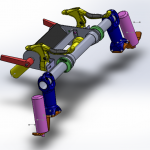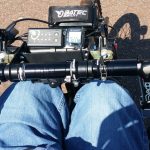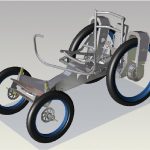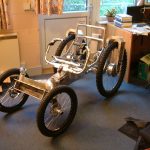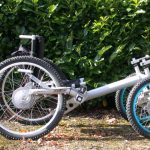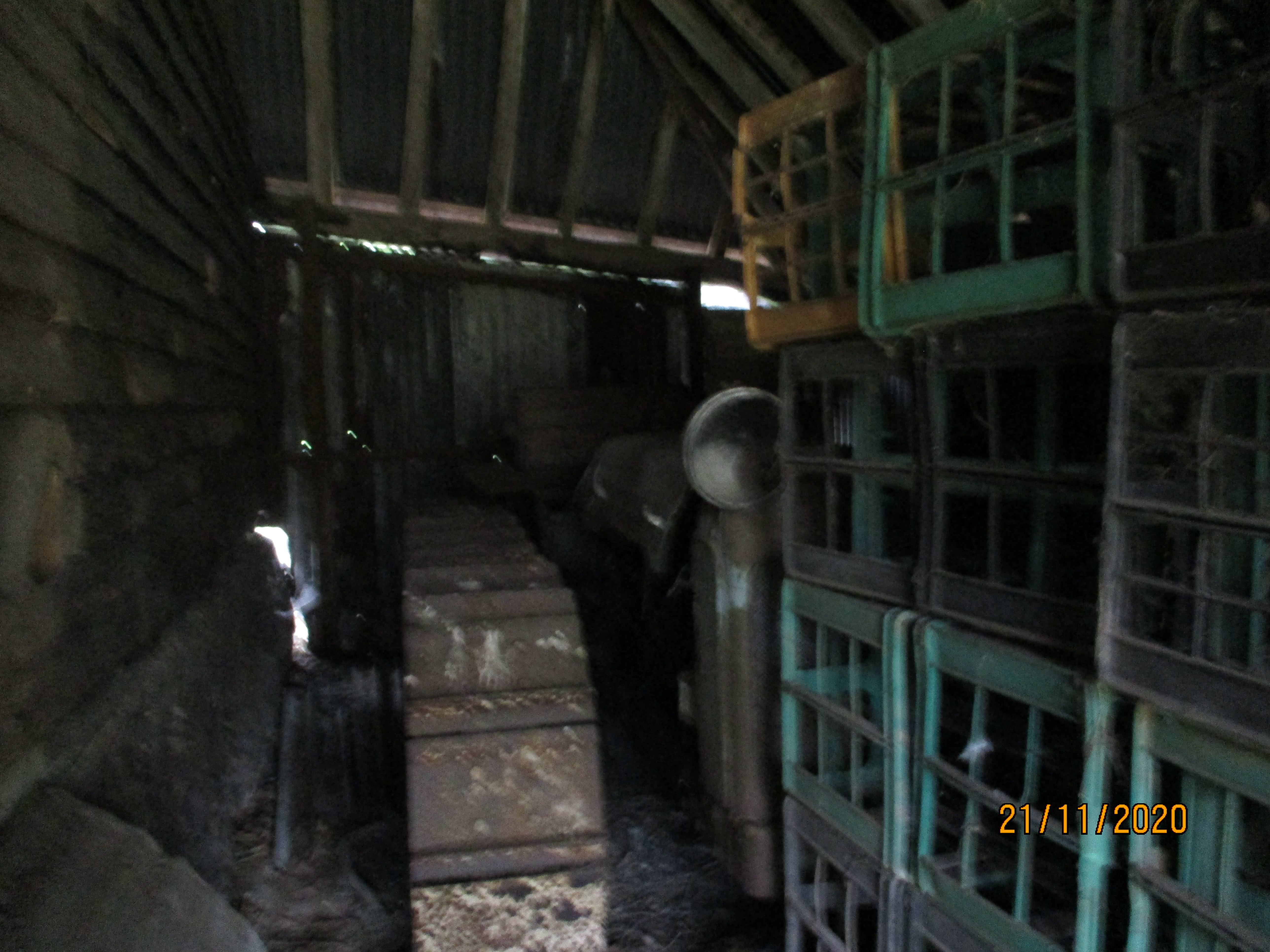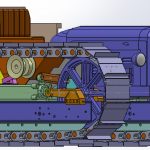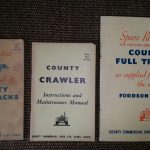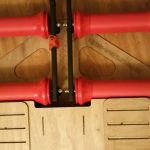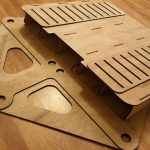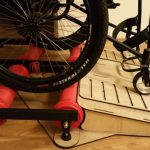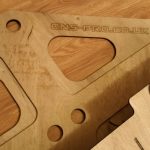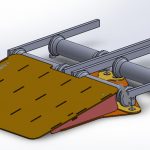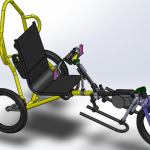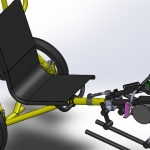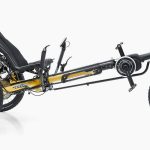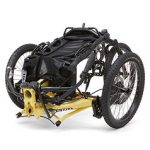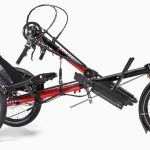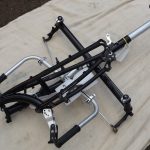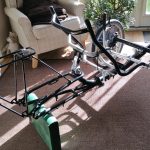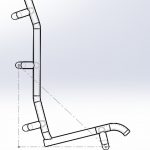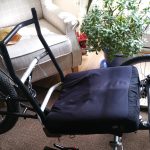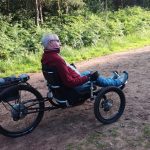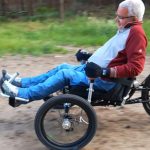County Fordson Major 1954 Full Track Conversion 1/12 Scale Wooden Model – Kit and Build Manual
I’m pleased to announce that the County Fordson Major kit developed during lockdown is now available for sale on Etsy. It’s taken some time to get materials and suppliers in place, but fingers crossed we can meet orders promptly from now on.
Create your own County Fordson Major 1954 Full Track Conversion 1/12 Scale Wooden Model . The kit contains various thickness laser cut plywood sheet components, 3-D printed jigs (supports) and a full instruction build manual. Create a unique model which has been designed specifically around the County crawler conversion of the Fordson Major circa 1950s.
The model captures the design details from the original 1950s workshop and engineering manuals. Tricky assembly of small parts in the crawler tracks is made easier with the provision of 3-D printed assembly jigs to keep everything aligned and held in the correct position during glueing. 3-D print forming tools also help with steaming/bending of thin bodywork components when necessary. In short, the kit contains everything required. Suitable for medium experienced modellers; or indeed anyone willing to put in the time.
Amazingly detailed and a truly one-of-a-kind modelling project. Follow the link for more information.









